Modern American Indian Music
According to one version of a Blackfoot myth, stones sang. One of them, resting in the crook of a tree, sang through the dead of winter, when the people were hungry and the buffalo had disappeared. A very poor woman heard it. “Take me to your lodge,” it sang. “I am very powerful.”
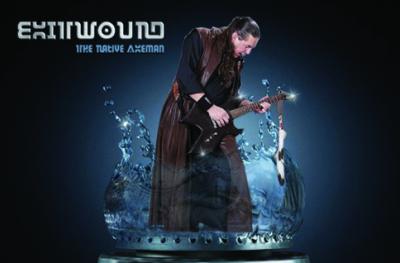
The woman did what the stone said. It told her to gather the men and have them sing a song to bring the buffalo back. They were incredulous, but the woman was persistent. They sang the song that the stone had taught to the woman, and they prayed. It was not long before they heard a sound, like thunder in the distance. They marveled, for it was not thunder at all, but a herd of buffalo, returned again. Hearing the song, the buffalo rushed over a butte as if hunted. The people were happy in the certain knowledge they would survive the winter.
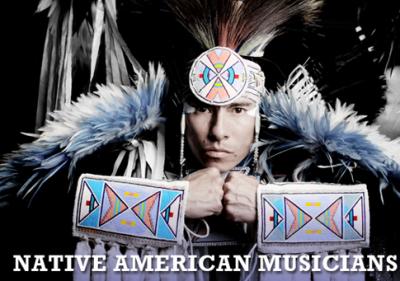
Music and song are more than central to the American Indian tradition; they are an essential gift that has enriched the American musical landscape. Among the many American Indian musicians who have made their mark on music are Robbie Robertson (who hailed from Mohican descent), singer/songwriter for The Band (also a producer of music films with such greats as Martin Scorsese), Jimi Hendrix (a touch of Cherokee), and pop-rock pianist Tori Amos (who identifies as Eastern-Cherokee), to name a few. Indeed, American Indian music has directly or indirectly influenced leagues of artists, some performing traditional music and some bringing their traditions to bear on more popular genres.
Award-winning flutist Joseph Firecrow often opts for tradition and does so with beauty, authenticity, and skill; in his own words, “My music is traditionally based whether I am working in blues, jazz, rock and roll, or classical. My Elders have kept the songs alive, and the recognition goes to my people, the Northern Cheyenne, when I sing a wolf song, war dance, or round dance song”.
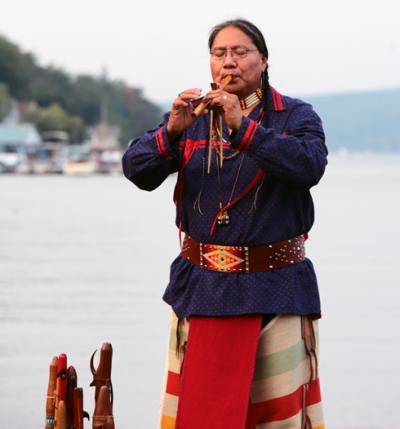
When Firecrow was a boy on the Northern Cheyenne Reservation in Southeastern Montana, he heard the American Indian flute for the first time and was transfixed. His first two albums were self-produced, only sold at concerts, but he was soon picked up as one of the first artists (and still best sellers) on the Makoche label. His album Cheyenne Nation won him a Grammy nomination, while Legend of the Warrior won both Best Male Artist and Flutist of the Year at the Native American Music Awards. He hopes his latest, Face the Music will give listeners “the ride of their lives… modern enough to keep the listener interested and traditionally based enough to provide a wide range of thought and emotion.”
Supaman, AKA Christian Parrish Takes The Gun, may have taken a different path, recording and performing in the relatively recent genre of rap and hip-hop, but it is no less influenced by the ways of his people.
“Ever since I heard Sugarhill Gang’s “Rapper’s Delight,” I was hooked. Not only on rap music, but hip-hop culture as a whole,” he remembers. But the music Supaman creates is not gangster rap, nor does its message echo that of most hip-hop. It is, as he says “hip-hop soul music from a Native American perspective,” mixed with his own views on spirituality and individuality.
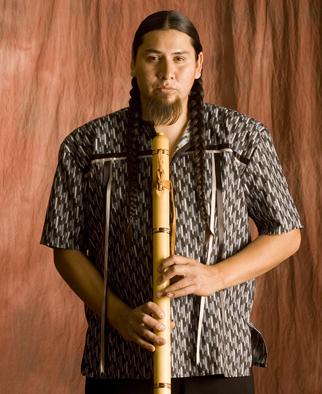
In many of his songs, vocalists can be heard under the propulsive beats and thought-provoking, hard-hitting lyrics about the challenges of life for American Indians. His heritage, he says, is “who I am as a human being on this earth. It’s important for others to hear because it is almost like our voice goes unheard.”
But with a growing number of young fans, American Indian and otherwise, and an accompanying accumulation of awards and accolades, Supaman is certain to continue blending the old and the new, the ancient and the modern, in surprising new ways.
Missoula-born Lakota-Sioux and Pottawami musician Anthony Wakeman performs heartbreakingly beautiful compositions for cedar flute, often accompanied by a minimalist guitar. And like the other artists profiled, his music defies easy categorization. What then does he play?
“Contemporary Native American flute music,” he avers before going on. “Human nature forces us to categorize, so I’ve been called contemporary.” More important than the genre is the attitude: “I play from the heart. I feel that is when my soul sings its best.”
Though he now lives in Phoenix, his memories of Montana still serve as inspiration for his music, as does his daughter. When she was small, her playful dances reminded him of a certain animal.
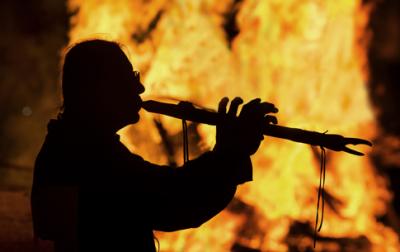
“My daughter’s Lakota name is Kimimila. It means butterfly in Lakota. When she was a little one about three years old she would just be all over the place. If I turned my head for a minute she was gone. She always reminded me of a butterfly, how they flutter about, the breeze carrying them here and there. From flower to flower. That is how I came up with the name for my first album called Butterfly Dreams.”
For listeners new to his work, Wakeman recommends “Handprints of Our People,” featuring guitar work by his friend and collaborator Aaron White, about whom Wakeman is effusive: “His guitar work is always such a refreshing source of inspiration. He is always writing, an amazing artist in his own realm for sure.”
This sense of collaboration reinforces the message of the Blackfoot story. Music, whether it is created with flute, the human voice, guitar, piano or some as-yet unforeseen future instrument, is as it has ever been: an opportunity to come together and share something vital, something which is always both old as the land and new as the song of a spring songbird.
But especially for the musicians profiled here (and for the many talented musicians we sadly do not have space to mention), music is a way of preserving the great traditions of their people and to present them in new and innovative contexts, whether mixing the Cheyenne flute with blues and jazz, infusing hip-hop with the spiritual values and language of the Crow Nation, or creating gorgeous sonic landscapes out of cedar flute and guitar. Like the Buffalo stone, music is a gift as it was once given to a very poor woman a long time ago.

American Indian musicians have excelled at every genre and instrument in popular American music culture, from acoustic to zydeco. Sampled below are just a few more Native American musicians you would be remiss in not giving a listen:
Evan Lee is a Crow/Sioux/Assiniboine rapper whose work bridges the gap between rap and gospel. He was also nominated for two Nammy awards, one for Best New Male Artist and the other for Best Christian Recording.
Northern Cheyenne metal guitarist Paul Underwood is a one-man tour de force in his band EXITWOUND, recording, engineering and producing lavish rock songs that speak to his spiritual heritage.
Mason E. Runs Through, Jr. is an Assiniboine artist that uses rock and country music to tell the story of his people
He performs under the evocative name of BUCK NATIVE.
And for those who are further interested in the field, I recommend that you peruse the catalog of Canyon Records, a music label that features some of the finest American Indian acts currently working.
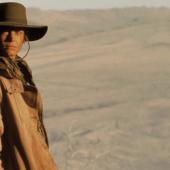
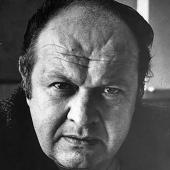
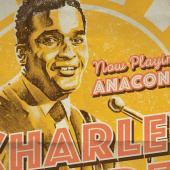


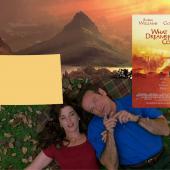

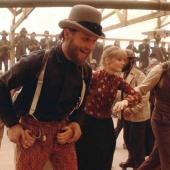

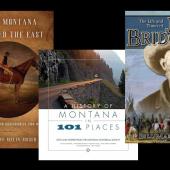

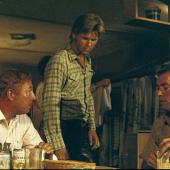
Leave a Comment Here